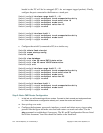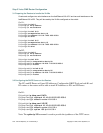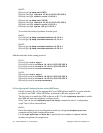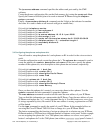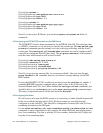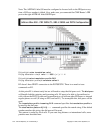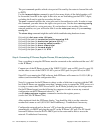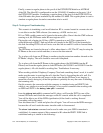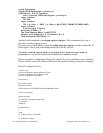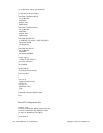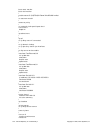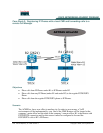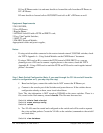133 - 165 IP Telephony v1.0 Case Study 1: Copyright © 2005, Cisco Systems, Inc.
r1#sh isdn status
Global ISDN Switchtype = primary-ni
ISDN Serial1/0/0:23 interface
dsl 0, interface ISDN Switchtype = primary-ni
Layer 1 Status:
ACTIVE
Layer 2 Status:
TEI = 0, Ces = 1, SAPI = 0, State = MULTIPLE_FRAME_ESTABLISHED
Layer 3 Status:
0 Active Layer 3 Call(s)
Active dsl 0 CCBs = 0
The Free Channel Mask: 0x807FFFFF
Number of L2 Discards = 0, L2 Session ID = 5
Total Allocated ISDN CCBs = 0
Another useful command is the debug ephone register. This command allows you to
track the e-phones register process.
Disconnect on of the IP Phones. Issue the debug ephone register and then connect the IP
Phone again. Take a look on the debug messages on the R1 console.
The show running-config, show ip interface brief, show ip route, show ip
protocols
are very useful and powerful troubleshoot commands as well.
Below are the basic configuration files for R1 and R2. If you are planning to start from these
files be careful: on the Cisco Router 2800 series the interface naming convention is changed.
Basic R1 configuration file:
version 12.3
service timestamps debug datetime msec
service timestamps log datetime msec
no service password-encryption
!
hostname r1
!
boot-start-marker
boot-end-marker
!
enable secret 5 $1$E70n$H.Rezw/Yhb4EAJVbIrmHa1
!
no aaa new-model
!
resource policy
!
no network-clock-participate slot 1
voice-card 1
dspfarm
!
ip subnet-zero
!
!
ip cef
no ip dhcp use vrf connected
!
no ip domain lookup



